The answer lies in strategically deploying large-scale battery energy storage systems (BESS) paired with solar generation: a combination that recent CSIRO analysis confirms as Australia’s cheapest electricity generation technology.
“Think of Australia’s energy system like a water supply,” says John Alexander, Managing Director of Large-scale at SMA Australia. “Solar energy is abundant and cheap, like rainwater, but without storage tanks and pipes, you can’t maintain a reliable supply when needed.
“Large-scale battery storage systems can be deployed much faster than transmission infrastructure, allowing us to provide grid stability and storage capacity in critical locations while major transmission line projects are still under construction.”
The Australian Energy Regulator’s latest determination reveals NSW residents face the steepest electricity price rises, with increases between 8.3% and 9.7% from July 2025. Meanwhile, transmission infrastructure costs have soared, with overhead transmission line costs jumping as high as 55%.
These price pressures come at a time when Australia desperately needs investment in energy infrastructure. BloombergNEF forecasts that utility-scale battery storage in Australia could increase eightfold to 18GW by 2035, up from 2.3 GW in 2024, highlighting the massive opportunity ahead.
CSIRO’s GenCost analysis consistently shows that renewables backed by storage and transmission remain the lowest-cost new-build electricity generation technologies in Australia, with utility-scale solar emerging as the standout performer despite supply chain pressures.
The strategic deployment of battery systems with advanced grid-forming battery inverters can break the gas price stranglehold on Australia’s wholesale electricity market. Unlike gas peaking plants that take minutes to respond and set expensive wholesale prices, modern battery systems, with the help of grid-forming battery inverters, respond in milliseconds and provide zero-emission backup power.
“Large-scale batteries with grid-forming battery inverters are game-changers for Australia’s energy system,” Alexander explained. “They can provide the same grid stability services as expensive synchronous condensers or gas plants, but do it faster, cleaner, and often without requiring new transmission infrastructure.”
Australia already leads the world in demonstrating battery storage success. In the first quarter of 2025, the country invested in six large-scale battery storage projects worth a combined $2.4 billion. The projects added 1.5 GW of storage capacity and 5 GWh of energy output, making it the second-highest quarterly figure on record.
So far in 2025, over 2 GW of projects using SMA grid-forming technology have achieved grid approval across Australia and New Zealand, helping partners meet connection standards and enhance long-term performance.
The technology is proving its worth across Australia’s challenging grid conditions. In a country with vast distances between energy demand centres and generation sources, strategically located battery systems can reduce transmission bottlenecks while providing essential grid stability services.
While Australia continues to invest in essential transmission infrastructure, distributed battery storage offers a faster-to-deploy bridging solution that can serve communities now while large-scale transmission projects are developed. These batteries allow renewable energy to be stored and used locally, reducing immediate strain on existing transmission networks and providing multiple revenue streams through grid services.
“The decisions Australia makes today about renewable energy infrastructure will directly determine electricity costs for decades to come,” Alexander says. “While we still need to build out transmission, smart storage solutions like batteries can be deployed much faster, bridging the gap and delivering cheaper, cleaner, and more reliable energy without relying on expensive gas generation.”

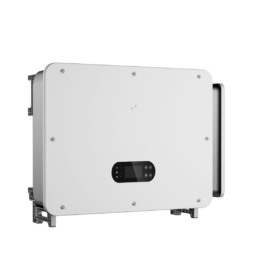
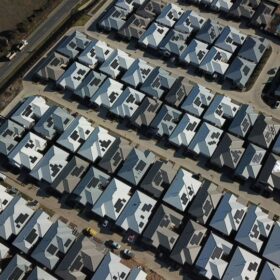
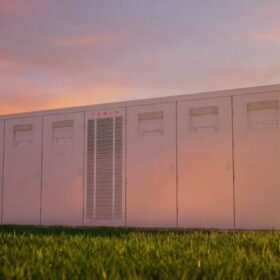
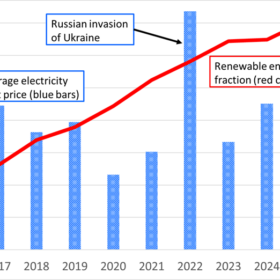
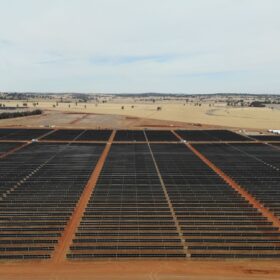
By submitting this form you agree to pv magazine using your data for the purposes of publishing your comment.
Your personal data will only be disclosed or otherwise transmitted to third parties for the purposes of spam filtering or if this is necessary for technical maintenance of the website. Any other transfer to third parties will not take place unless this is justified on the basis of applicable data protection regulations or if pv magazine is legally obliged to do so.
You may revoke this consent at any time with effect for the future, in which case your personal data will be deleted immediately. Otherwise, your data will be deleted if pv magazine has processed your request or the purpose of data storage is fulfilled.
Further information on data privacy can be found in our Data Protection Policy.